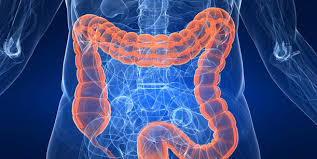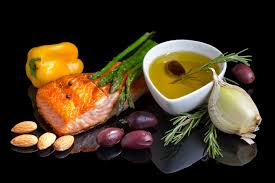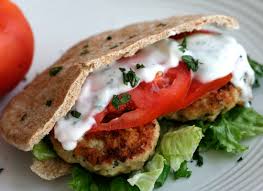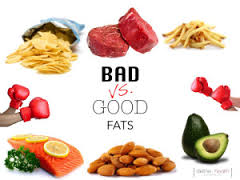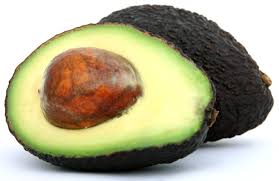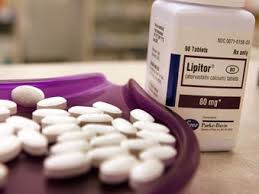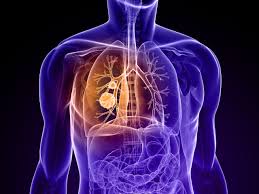 Among its many rewards, eating a healthy diet might help protect against the development of chronic obstructive pulmonary disease, or COPD, according to a new study.
Among its many rewards, eating a healthy diet might help protect against the development of chronic obstructive pulmonary disease, or COPD, according to a new study.
Based on more than 120,000 men and women followed for more than a decade, researchers calculate that those who ate a diet highest in whole grains, vegetables and nuts, and lowest in red meats and sugars were up to a third less likely to develop COPD – even if they smoked – than those who ate the worst diet.
“I think that we need to emphasize the role of diet in respiratory diseases, which is largely unknown by the general audience,” lead author Dr. Raphaëlle Varraso, from the French
National Institute of Health and Medical Research in Villejuif, told Reuters Health in an email. 
“Respiratory health and lung function strongly predict general health status and all-cause mortality,” she said.
COPD is an umbrella term for a group of progressive lung diseases that block the flow of air and cause breathing problems. They include emphysema, chronic bronchitis and some types of asthma.
Source: Reuters





